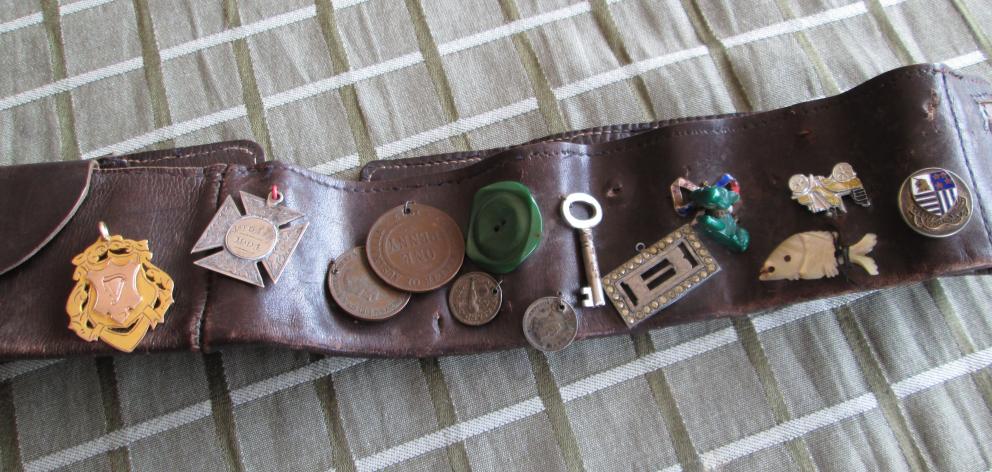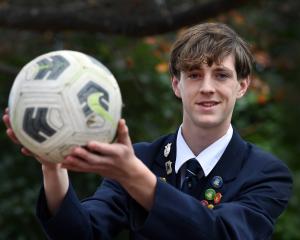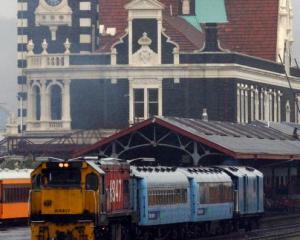
It began when Oamaru genealogist Faye Ormandy found a soldier’s army belt at the Waitaki Resource Recovery Park shop last November.
She began to trace its origins, including that of two medals attached dating to 1904 and 1921.
One of the medals was engraved: "P. Dickel, awarded for the 880 Yards Relay Race at St Bede’s College in 1921".
Mrs Ormandy found out the recipient was a Corporal Henry Percival Dickel (known as Percie).
He had served in Egypt during World War 2, and has a son, Noel Dickel, living in Dunedin.
Mr Dickel senior had apparently excelled in sports at St Bede’s College, where he also won eight other events during the Christchurch school’s first annual sports competition in 1921.
As a result, Mrs Ormandy tracked down and returned the medal to Noel Dickel and his family last December.
"It was really nice that his whole family was there.
"The fact that they had the photo of Percie with the relay team and all their medals was just superb," Mrs Ormandy said.
Noel Dickel, now 86, said it was great to have the "priceless" medal returned.

He lost his rank and became a Corporal in going overseas.
Mrs Ormandy said they still have questions about the medal, as the St Bedes College archives only date back to 1922.
This included why Percie Dickel, of Port Chalmers, ended up at school in Christchurch.
"The family don’t seem to know and St Bede’s haven’t got records of it. That was a bit of a mystery.
"How did the belt end up at the Oamaru recycling shop?"
In her initial research, Mrs Ormandy found the army money belt may have been awarded as a prize.
The other medal on the belt, dated 1904, was for a G. Robertson with the initials PR.
Mrs Ormandy said hopefully, that medallion could be returned to the appropriate family.
But finding information on a G. Robertson in any army archive was a struggle.
One question has been answered.
With the help of Toitu Otago Settlers Museum curator Sean Brosnahan, they believe the medal was possibly from an artillery shooting competition for army volunteers held in Port Chalmers in 1904.
"It’s the most logical thing that’s come out of anything that people have looked at," Mrs Ormandy said.
"I think the G was probably for Gunner Robertson, so it might not necessarily be the initial for his first name."
And there are questions how the Dickel and Robertson names were connected.
"The coins on the belt are right up to the late 1940s."
Mrs Ormandy would still like to locate Robertson descendants and to determine the original owner of the belt.
If anyone has any further information they can contact the Waitaki Society of Genealogists.












